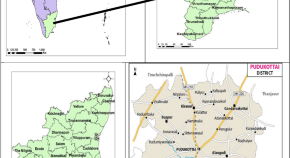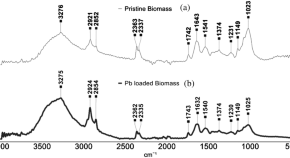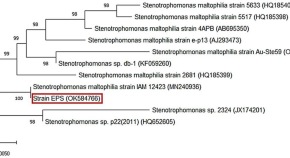Taxonomic identification, phenol biodegradation and soil remediation of the strain Rhodococcus sacchari sp. nov. Z13T
Authors (first, second and last of 4)

Collection
Dr. Govarthanan Muthusamy is a Research Professor at Kyungpook National University, South Korea. After his PhD at Jeonbuk National University (JBNU), South Korea, he was involved in different research projects in JBNU, before moving to Japan. He significantly contributed to the research in Biodegradation of polycyclic aromatic hydrocarbons (PAHs), phytoremediation and bioremediation of heavy metals. Main fields of expertise are: Bioremediation and eco-toxicology of toxic heavy metal(loid)s; eco-technological remediation of toxic soil pollutants; environmental microbiology; plant-metal-microbe interactions; microbial community analysis.







































